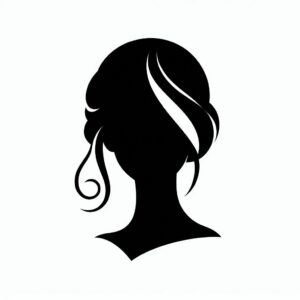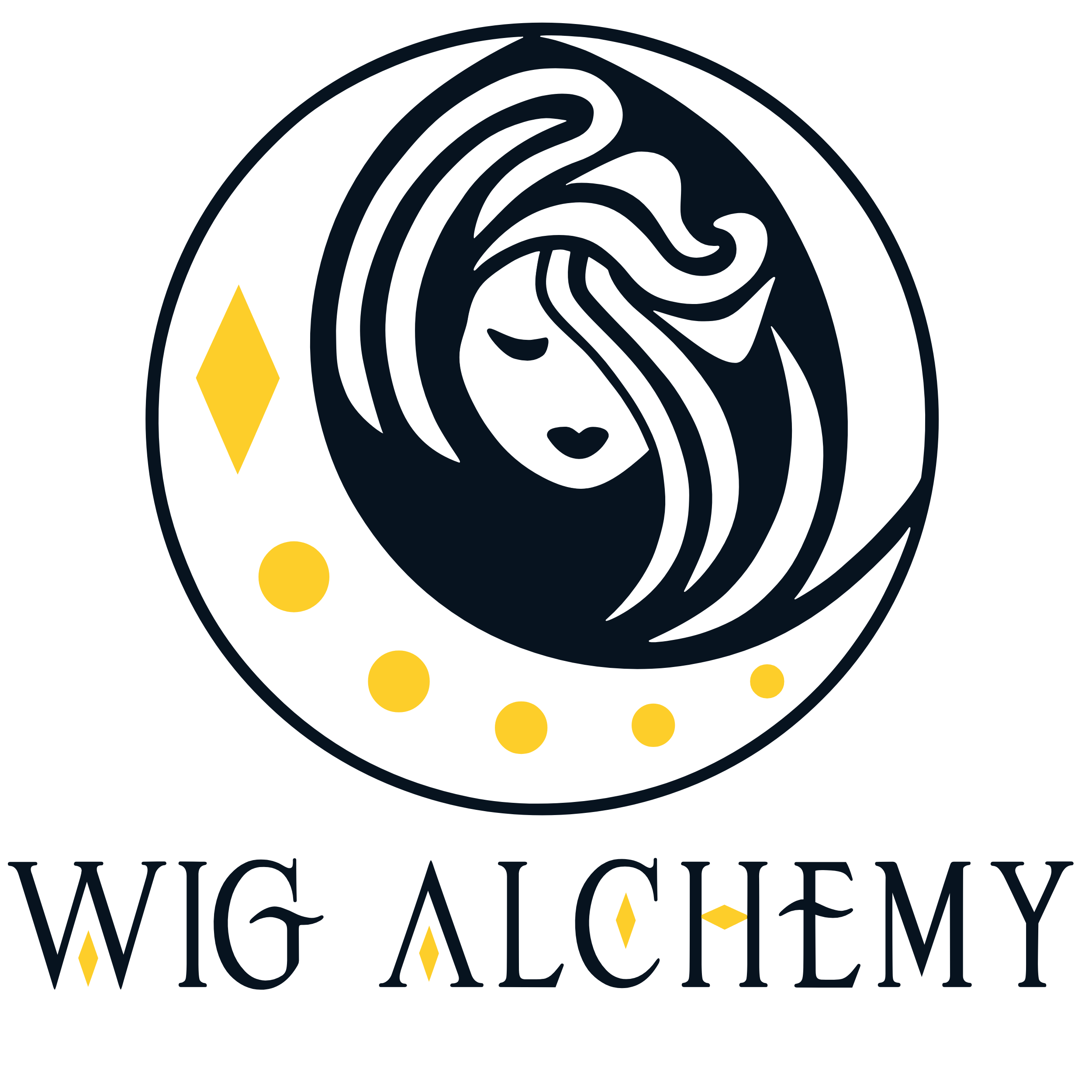Hair Toppers are the latest trend, garnering immense popularity and demand. Available in an extensive selection of hues, designs, and materials, they cater to a diverse clientele. Individuals experiencing alopecia areata, female pattern baldness, or other forms of hair loss find these hairpieces to be an excellent alternative. They offer a versatile solution to enhance volume, extend length, conceal thinning areas, or simply revamp your style. The pricing varies depending on the base size and length, with human hair toppers typically priced between $600 and $950.
Hair Topper

What is a Topper?
A topper is a specialized hairpiece designed to cover only a portion of the head. Crafted with a monofilament mesh or silk base, each topper features finely hand-knotted remy hair and is secured with pressure-sensitive silicone-lines clips. Toppers have surged in popularity across Hollywood and the US as a chic fashion accessories. They are versatile tools for adding height, volume, and highlights, as well as concealing thinning spots or gray regrowth.
How do Toppers differ from wigs?
Unlike wigs, which envelope the entire head and are ideal for those with minimal hair or seeking a significant change, toppers are designed to seamlessly integrate with your existing hair, enhancing its appearance. Toppers are lighter and cooler than full wigs, adding just the right amount of hair for a natural and convincing look. When styled correctly, a topper is indistinguishable from your natural hair, representing you on your absolute best hair day.
Am I a suitable candidate for a Topper?
Toppers are a fantastic option for many women, including those with thinning hair on top. The key requirements is having sufficient hair for the clips to secure onto, or opting for a larger topper that attaches further down the sides. It’s essential to have hair on the sides and back to effectively wear a topper.
Will a Topper cause damage to my hair?
Toppers are designed to rest gently on your head, with clips that prevent movement without exerting pull or weight. They should not be clipped so tightly as to cause discomfort or pulling. If worn properly and left undisturbed, a topper should not damage your hair. However, sleeping in it or styling it while on your head could potentially cause harm.
How frequently should I wash my Topper?
Toppers do not accumulate dirt like natural hair since they lack an oil source. Therefore, they require washing only after every 30 to 40 uses. To prevent dryness and brittleness, it’s advisable to apply argon oil to the ends and mid-shaft periodically, sometimes as often as weekly.
Should I choose human hair or high end synthetic?
Both human hair and high end synthetic toppers have their merits. Generally, human hair is recommended for toppers due to its ability to blend seamlessly with your biological hair. High end synthetic fibers may not integrate as well due to differing properties. While high end synthetic toppers are initially less costly, they don’t last as long as human hair toppers and will need more frequent replacement. Human hair offers the flexibility of coloring, heat styling, and a softer feel. If budget is a concern, high end synthetic toppers are a viable alternative, especially for shorter styles.
How do I determine the correct Topper size?
The ideal topper size will be ascertained during our private consultation. We offer a variety of sizes and shapes to try on to ensure comfort, adequate coverage, and the look you desire.
Can I purchase a Topper online?
While online purchases are possible, color matching is crucial and challenging without physical hair swatches. Toppers require significant customization by an experienced hairstylist to achieve a flattering appearance. This includes texturizing cutting, shaping, styling, and sometimes coloring to blend with your hair-quite different from purchasing a wig.
What is the difference between a monotop and a silk top?
A mono top features a fine, semi-transparent mesh with hair directly tied to it, resembling a scalp. In contrast, a silk top includes an additional layer of opaque fabric through which the hair is pulled, concealing the knots and creating a more pronounced scalp-like appearance

